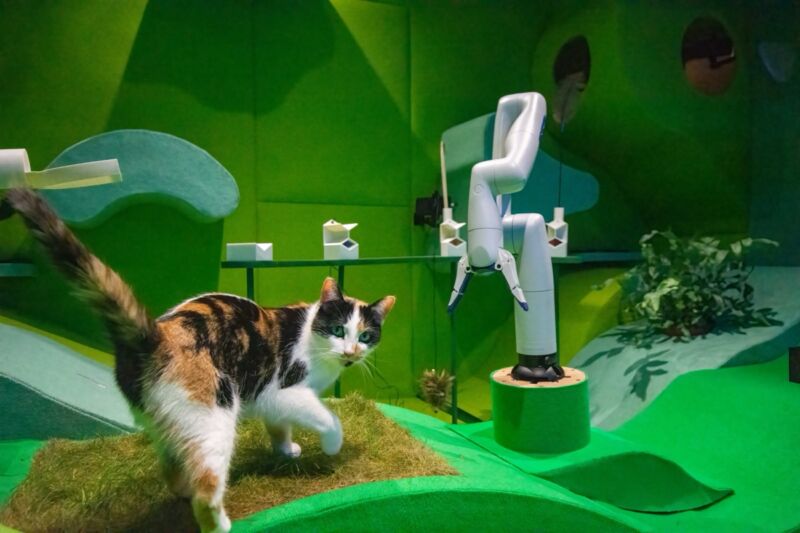Don’t Let a Bird’s Feathers Fool You

© Matt Williams

© Matt Williams

Enlarge (credit: wildestanimal)
Whales use complex communication systems we still don’t understand, a trope exploited in sci-fi shows like Apple TV’s Extrapolations. That show featured a humpback whale (voiced by Meryl Streep) discussing Mahler’s symphonies with a human researcher via some AI-powered inter-species translation app developed in 2046.
We’re a long way from that future. But a team of MIT researchers has now analyzed a database of Caribbean sperm whales’ calls and has found there really is a contextual and combinatorial structure in there. But does it mean whales have a human-like language and we can just wait until Chat GPT 8.0 to figure out how to translate from English to Sperm-Whaleish? Not really.
“Sperm whales communicate using clicks. These clicks occur in short packets we call codas that typically last less than two seconds, containing three to 40 clicks,” said Pratyusha Sharma, a researcher at the MIT Computer Science and Artificial Intelligence Laboratory and the lead author of the study. Her team argues that codas are analogues of words in human language and are further organized in coda sequences that are analogues of sentences. “Sperm whales are not born with this communication system; it's acquired and changes over the course of time,” Sharma said.

Enlarge / A kitty named Clover prepares to play with a robot arm in the Cat Royale "multi-species" science/art installation. (credit: Blast Theory - Stephen Daly)
Cats and robots are a winning combination, as evidenced by all those videos of kitties riding on Roombas. And now we have Cat Royale, a "multispecies" live installation in which three cats regularly "played" with a robot over 12 days, carefully monitored by human operators. Created by computer scientists from the University of Nottingham in collaboration with artists from a group called Blast Theory, the installation debuted at the World Science Festival in Brisbane, Australia, last year and is now a touring exhibit. The accompanying YouTube video series recently won a Webby Award, and a paper outlining the insights gleaned from the experience was similarly voted best paper at the recent Computer-Human Conference (CHI’24).
"At first glance, the project is about designing a robot to enrich the lives of a family of cats by playing with them," said co-author Steve Benford of the University of Nottingham, who led the research. "Under the surface, however, it explores the question of what it takes to trust a robot to look after our loved ones and potentially ourselves." While cats might love Roombas, not all animal encounters with robots are positive: Guide dogs for the visually impaired can get confused by delivery robots, for example, while the rise of lawn mowing robots can have a negative impact on hedgehogs, per Benford et al.
Blast Theory and the scientists first held a series of exploratory workshops to ensure the installation and robotic design would take into account the welfare of the cats. "Creating a multispecies system—where cats, robots, and humans are all accounted for—takes more than just designing the robot," said co-author Eike Schneiders of Nottingham's Mixed Reality Lab about the primary takeaway from the project. "We had to ensure animal well-being at all times, while simultaneously ensuring that the interactive installation engaged the (human) audiences around the world. This involved consideration of many elements, including the design of the enclosure, the robot, and its underlying systems, the various roles of the humans-in-the-loop, and, of course, the selection of the cats.”

© Rudy Gutierrez

© Carolyn Kaster/Associated Press


© Will Dunham/Reuters

© Diane Renkin/National Park Service


© Scott McIntyre for The New York Times
